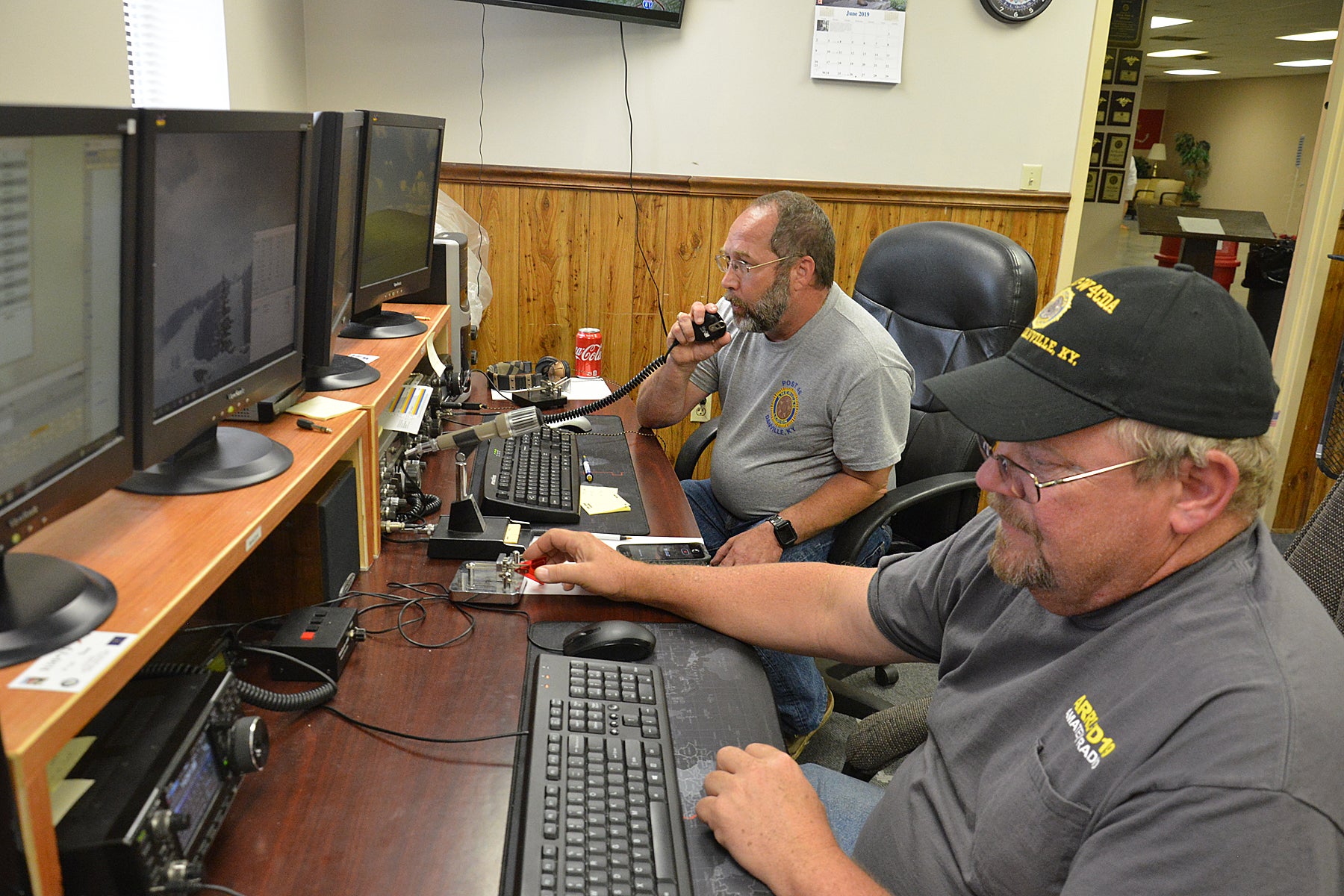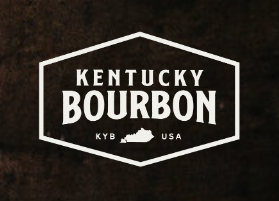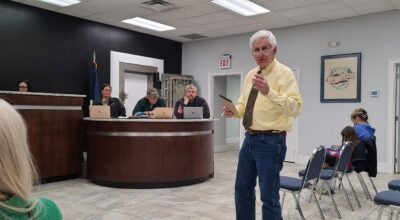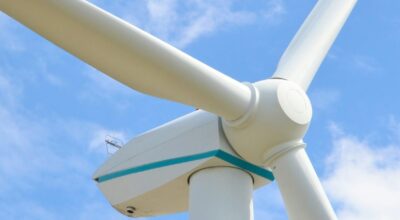Ham radio club participates in national event
Published 7:26 pm Tuesday, June 25, 2019

- George Coomer, left, answers a ham operator’s request for the club’s call numbers, as John Wulf mans the radio using morse code. (Photo by Robin Hart)
The Wilderness Road Amateur Radio Club competed once again in the American Radio Relay League (ARRL) annual field day event Saturday and Sunday. ARRL is the national association for amateur radio (also known as ham radio) enthusiasts, according to its website.
The 24-hour nationwide field day began at 2 p.m. on Saturday and continued until 2 p.m. Sunday at the club’s headquarters at the American Legion Post 46 off of Spears Lane.
The main purpose of the event was for ham operators to practice setting up and using their communication equipment — towers, antennas, radios, computers, microphones and headsets — on power they generate from solar panels and 9-volt car batteries, said club secretary Andy Rose.
“It’s important because it doesn’t depend upon the infrastructure, so you don’t need cell phones or internet … to be able to communicate.”
As club members sat at their desks trying to contact other ham radio operators around the U.S., static and a series of high pitched beeps could be heard coming from one of the radios. “That’s morse code. It’s an international language,” Rose said.
Taking a short break from his radio, club member George Coomer said, “It’s very important to have ham radio capabilities … to be able to communicate with other communities and disaster emergency services in the event of a natural disaster.” The field day was also a time to make sure ham radio operators had all of the functional equipment that they needed, and that they knew how to set it up and use it properly, Coomer added.
Examples the men gave of when ham radio operators were crucial in communicating during natural disasters included when Hurricane Katrina hit in the south; and when a devastating earthquake struck Haiti. “Hams connected to their car battery and threw a wire up in a tree,” club member Doug Collins said. They were also used following a strong ice storm in western Kentucky several years ago, club members said.
“This event is to practice using your equipment in an emergency situation in the event of a natural disaster. … As much as everybody relies on modern technology, it’s very vulnerable,” Collins said.
The event was also a friendly competition for amateur radio clubs around the U.S., Rose said. The club earned points for every radio contact that was made, he explained. And they received extra points for running off a car battery charged by solar panels.
Even more points were earned when Boyle County Judge-Executive Howard Hunt and Boyle Sheriff’s Deputy Taylor Bottom stopped by for a visit because they were public officials, Rose said. Since the field day was open to the public, a table was set up with educational information about ham radios, so they earned even more points, Rose said.
At the end of the event, the 16 participating club members had contacted 684 radio operators in 45 states.
As the field day was about to wind down, club members continued answering calls and sending out call signals. Through some static, Coomer repeated several times, “Whiskey 3 Zero Charlie Delta” until the operator on the other end answered, which authenticated each other’s call numbers, Coomer said.
“That’s it,” Coomer said about the process of reaching another radio. Then he got back on the mic and said, “Roger, Roger, 3 Alpha Kentucky, thank you.”






